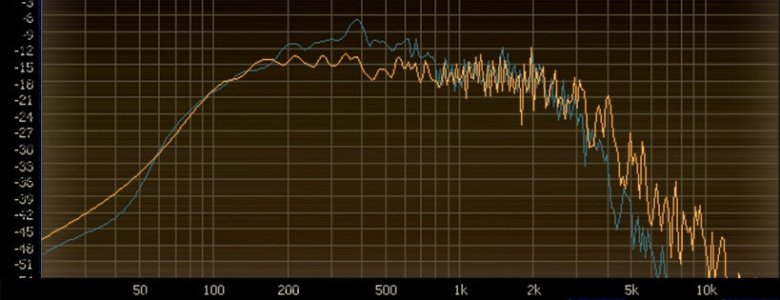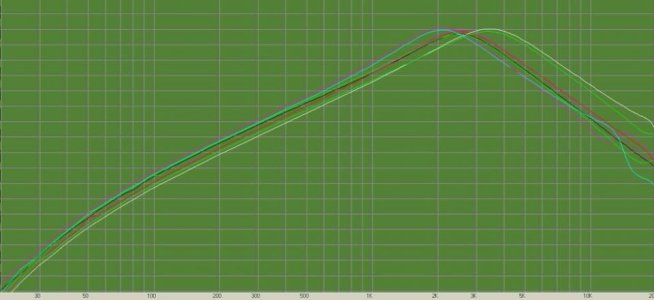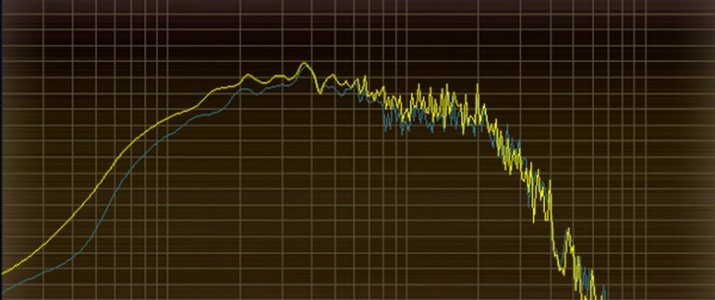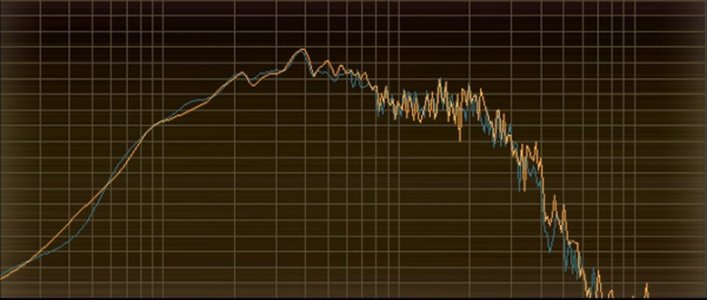freefrog
Well-known member
Got an occasion to try the same (vintage) SH1N in two guitars of the models mentioned in the tittle.
As expected (by me at least), the tones were not similar at all.
The Flying V has its pickups swich near its pots and jack plug. There's very little "stray capacitance" there.
An Explorer has all this wiring coming back and forth between the pots and switch located in the lower bout of the body. That's 90cm (36') of inner wire added, minimum... With braided shielded wire, it adds something like 240pF of stray capacitance. As if the guitar had 2m of average guitar cable in its belly. Just like a Les Paul.
Consequence: the resonant peak of a same pickup measured from the jack plug is clearly higher pitched with a Flying V than with a normally wired Explorer. So the pickup sounds brighter in the V.
Let's add to this the big chunk of wood that an Explorer has behind its bridge and stop bar... How wouldn't it promote lower frequencies?
Result when the same vintage SH1N is played from unfretted strings to 12th fret, in chords, through the same cable, direct to the board (and set at the same height, of course)...

Red= Flying V.
Blue = Explorer.
It's possible to obtain the same kind of low mid focus and narrowed frequency response from the same Flying V: it just requires... a woofy sounding Gibson 496R. ;-)
NOTES:
-The two guitars had their respective 500k pots (wired in the same way, 50's wiring style) and I had added a cover on the SH1N before to put it in the Explorer. It increases Foucault currents and contributes to the rolled off high frequencies. But I'm pretty sure that most of this difference in the treble range is actually due to the inner wiring.
-Other guitars of the same models might give different sonic profiles, of course. Each chunk of wood is unique and so is therefore the tonal signature of each guitar. But I still agree with myself about what I'm trying to say and that I'll sum up in this awfully simplistic way:
More resonant material = more bass and mids.
More inner wire = more parasitic capacitance = less extended high frequencies.
Using some multi-conductors Mogami cable might be a good idea for those who want more treble in such situations (knowing that our lab meter has measured braided shielded wire @ 268pF per meter VS 87pF for Mogami multi-wire cables).
FWIW - very schematic report of a guitar geek tech crisis on a Sunday morning.
As expected (by me at least), the tones were not similar at all.
The Flying V has its pickups swich near its pots and jack plug. There's very little "stray capacitance" there.
An Explorer has all this wiring coming back and forth between the pots and switch located in the lower bout of the body. That's 90cm (36') of inner wire added, minimum... With braided shielded wire, it adds something like 240pF of stray capacitance. As if the guitar had 2m of average guitar cable in its belly. Just like a Les Paul.
Consequence: the resonant peak of a same pickup measured from the jack plug is clearly higher pitched with a Flying V than with a normally wired Explorer. So the pickup sounds brighter in the V.
Let's add to this the big chunk of wood that an Explorer has behind its bridge and stop bar... How wouldn't it promote lower frequencies?
Result when the same vintage SH1N is played from unfretted strings to 12th fret, in chords, through the same cable, direct to the board (and set at the same height, of course)...

Red= Flying V.
Blue = Explorer.
It's possible to obtain the same kind of low mid focus and narrowed frequency response from the same Flying V: it just requires... a woofy sounding Gibson 496R. ;-)
NOTES:
-The two guitars had their respective 500k pots (wired in the same way, 50's wiring style) and I had added a cover on the SH1N before to put it in the Explorer. It increases Foucault currents and contributes to the rolled off high frequencies. But I'm pretty sure that most of this difference in the treble range is actually due to the inner wiring.
-Other guitars of the same models might give different sonic profiles, of course. Each chunk of wood is unique and so is therefore the tonal signature of each guitar. But I still agree with myself about what I'm trying to say and that I'll sum up in this awfully simplistic way:
More resonant material = more bass and mids.
More inner wire = more parasitic capacitance = less extended high frequencies.
Using some multi-conductors Mogami cable might be a good idea for those who want more treble in such situations (knowing that our lab meter has measured braided shielded wire @ 268pF per meter VS 87pF for Mogami multi-wire cables).
FWIW - very schematic report of a guitar geek tech crisis on a Sunday morning.



